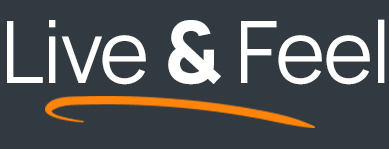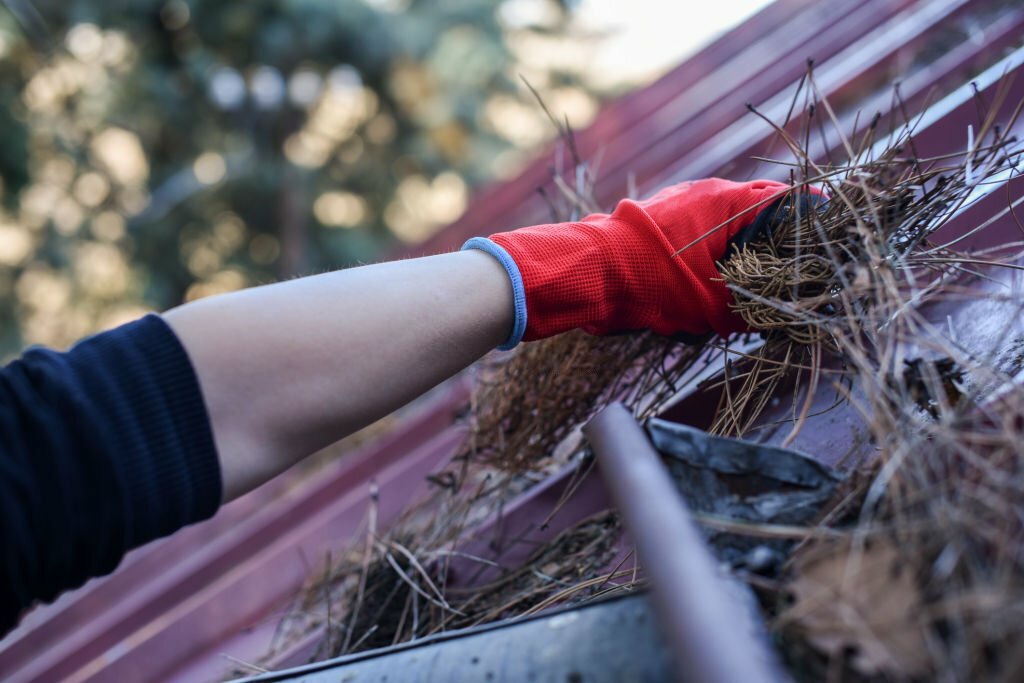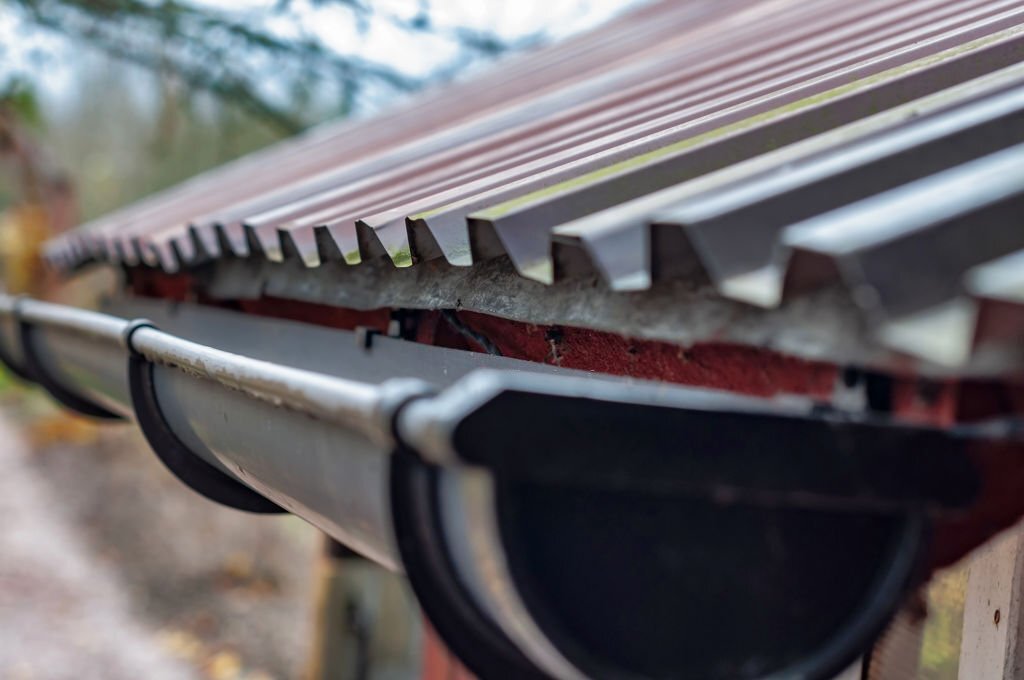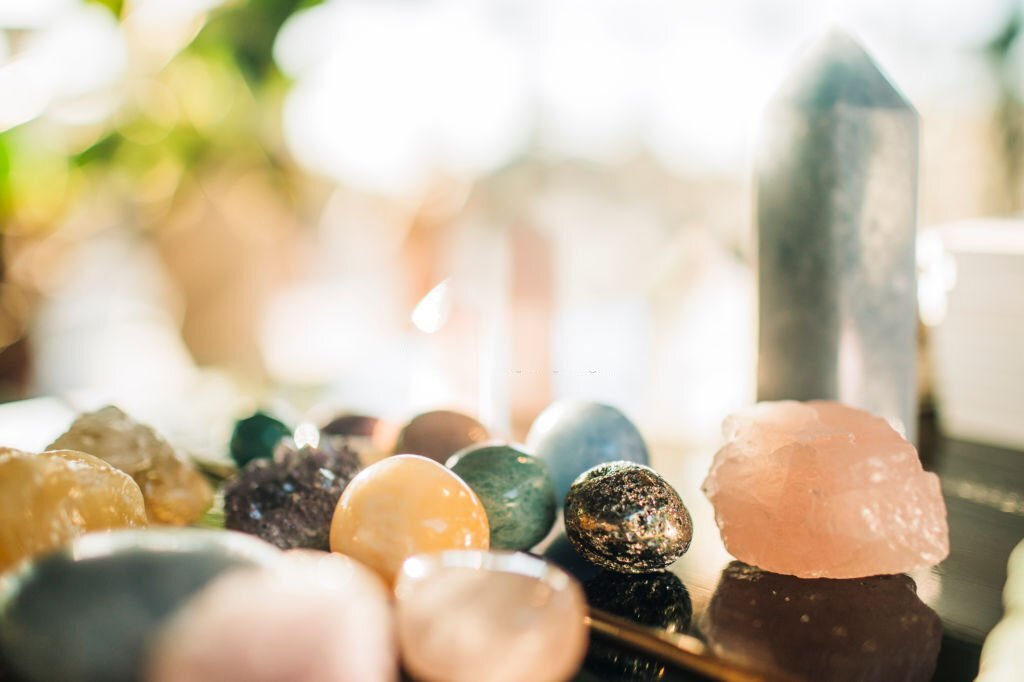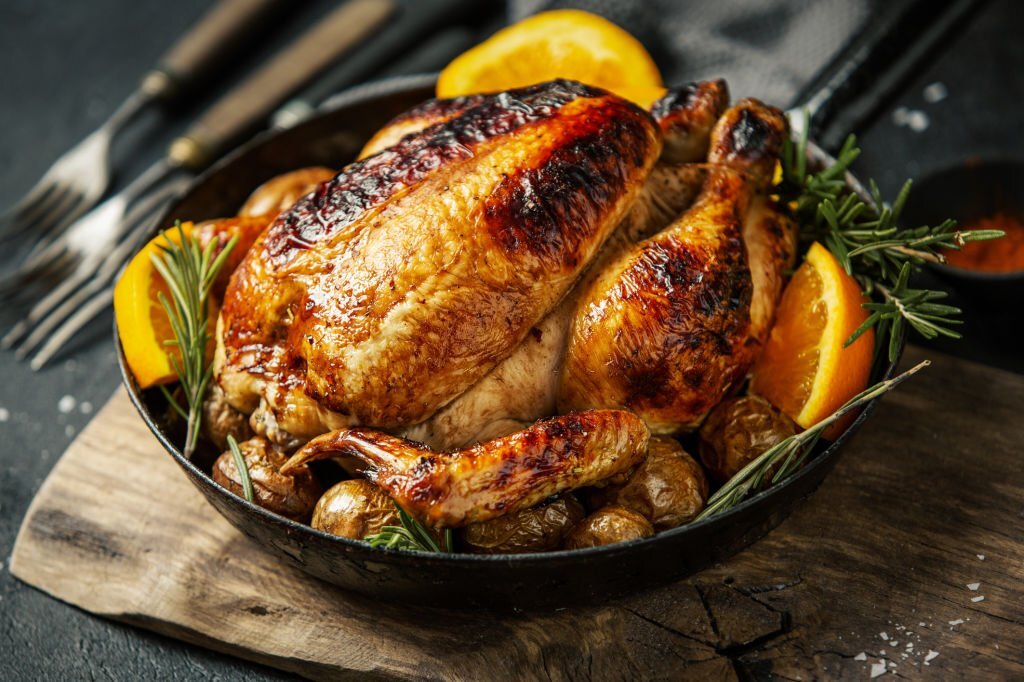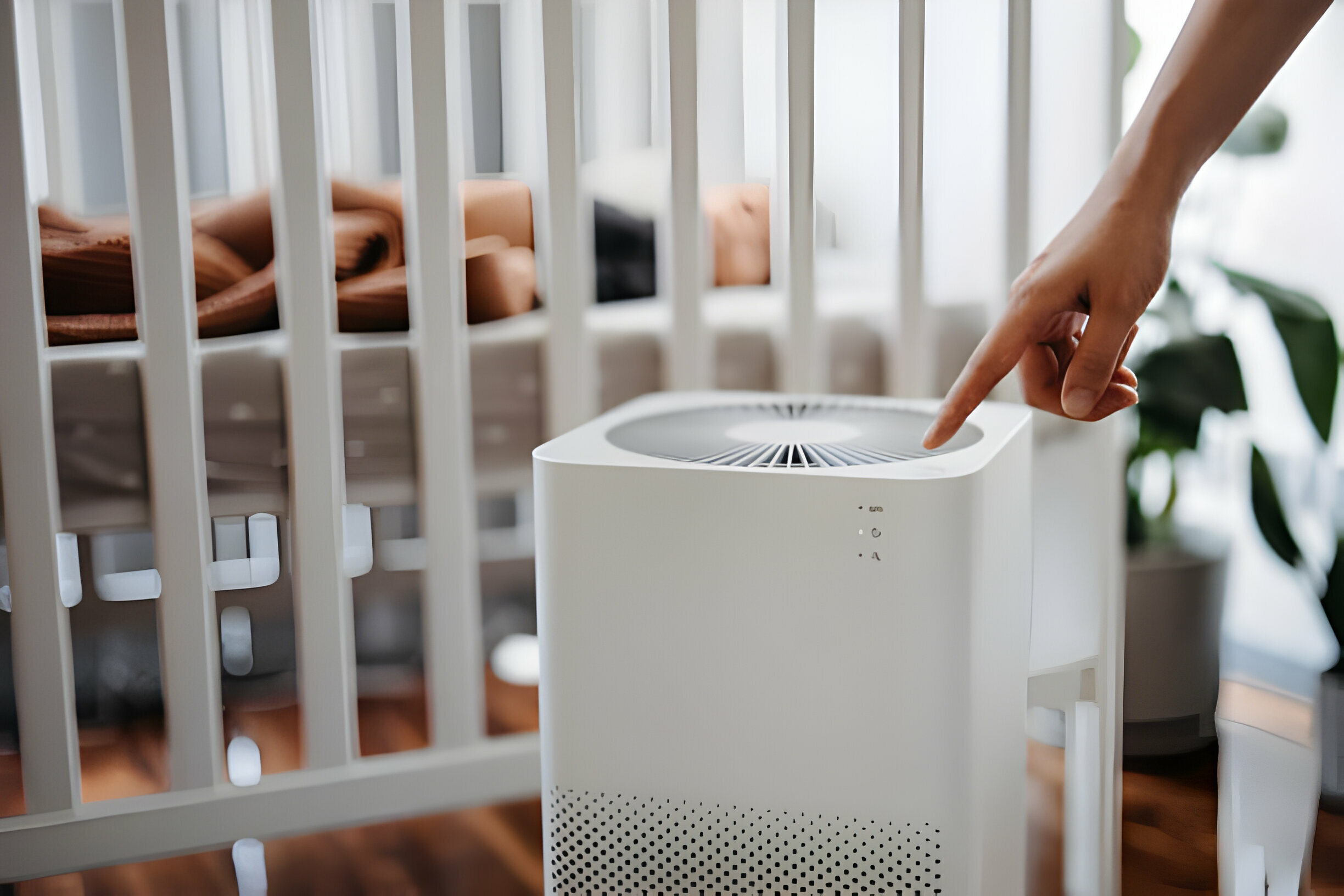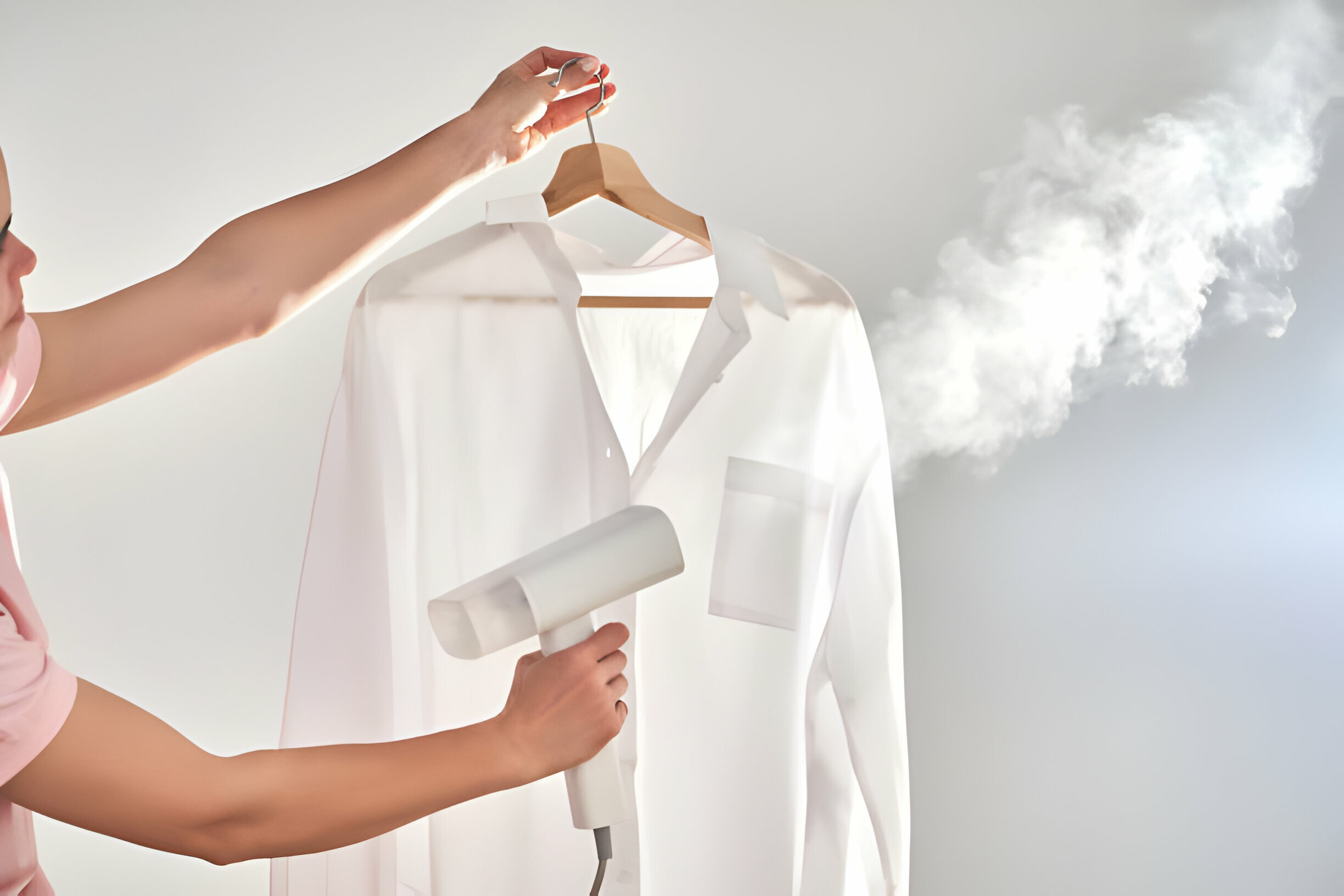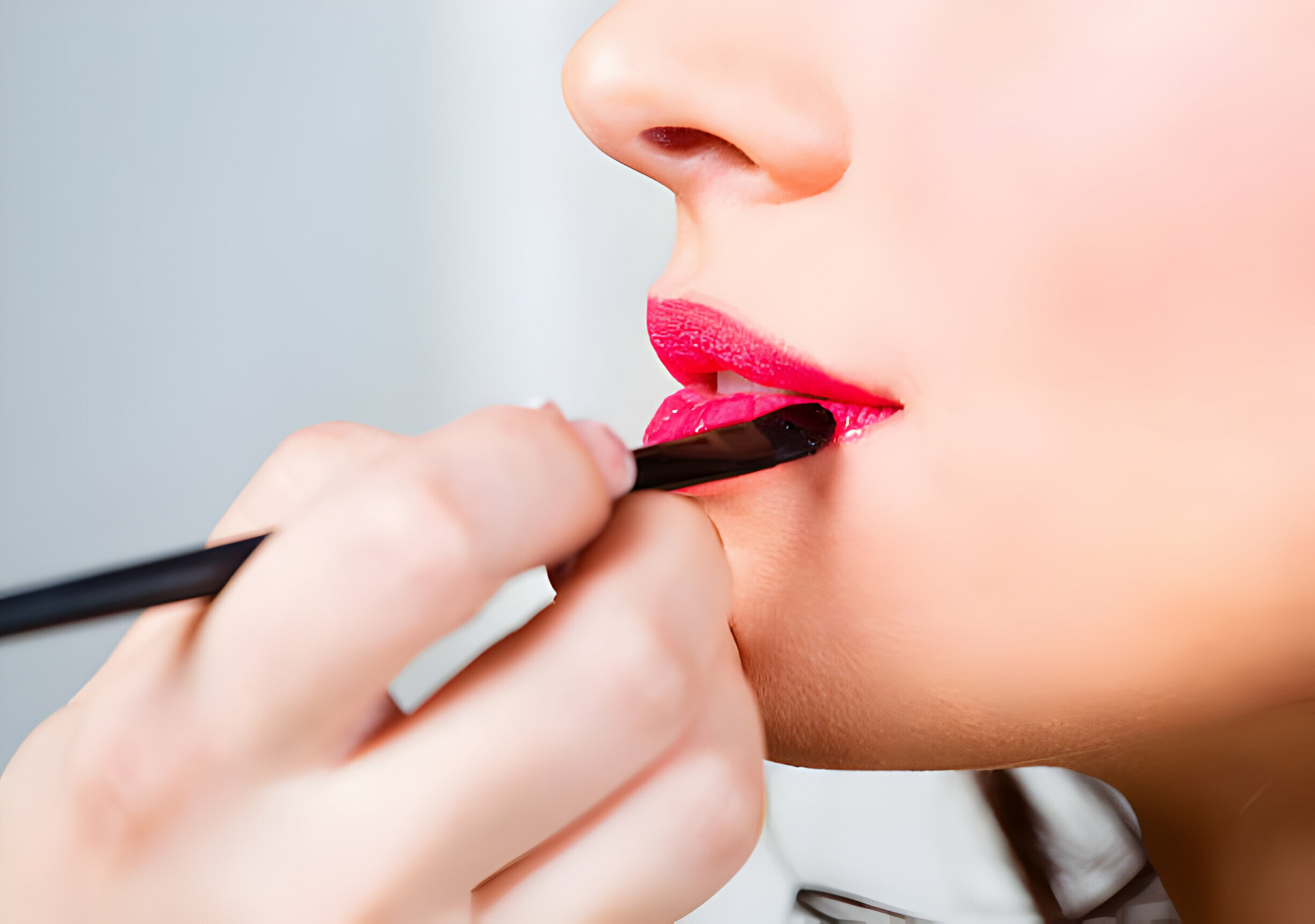How To Clean A Shingle Roof?
The roof of a home is its primary defense against elements, and shingle roofs are popular due to their durability and aesthetic appeal. Regular maintenance is crucial for their protection, with cleaning being crucial. A clean roof not only enhances curb appeal but also extends the lifespan of the shingles.
This guide, How To Clean A Shingle Roof, Provides essential steps and techniques for cleaning a shingle roof effectively. It suits experienced and new homeowners, offering insights into roof maintenance, tools, materials, safety precautions, and cleaning techniques. Following these guidelines can enhance your home’s visual appeal and ensure the longevity and functionality of your shingle roof for years to come.
Importance Of Regular Cleaning
Regular shingle roof cleaning is crucial for its structural integrity and aesthetic appeal. Over time, debris accumulates, leading to the growth of harmful organisms like moss and algae. This can compromise the roof’s durability and underlying structure. A clean roof reflects sunlight more effectively, regulating home temperature and potentially reducing energy costs. Regular cleaning prevents roof deterioration and minimizes the need for costly repairs or premature replacement. Investing time and effort in routine cleaning is a proactive approach to maintaining the health and longevity of a vital home component.
Common Issues With Shingle Roofs
- Debris Accumulation: Shingle roofs are susceptible to leaves, branches, and other debris buildup. This accumulation can trap moisture, leading to potential issues like rot, mold, and algae growth.
- Moss and Algae Growth: Shaded or damp areas on a roof can become breeding grounds for moss and algae. These organisms not only compromise the roof’s visual appeal but can also damage shingles over time.
- Mold and Mildew: Retaining moisture in shaded or poorly ventilated areas can foster the growth of mold and mildew. These issues not only compromise the structural integrity of the shingles but can also pose health risks to inhabitants.
- Shingle Damage: Shingles can sustain damage from various sources, including severe weather, falling debris, or even foot traffic during maintenance. Cracked, warped, or missing shingles expose the underlying structure to potential water damage.
- Gutter Issues: Clogged or damaged gutters can accumulate water on the roof, causing water to seep under shingles. Over time, this can lead to leaks, water damage, and even structural issues.
- Sun Damage: Prolonged exposure to the sun’s UV rays can cause shingles to become brittle and lose granules, compromising their ability to protect the roof. This can result in premature aging and reduced effectiveness.
- Ice Dams: Ice dams can form along the roof’s edges in cold climates, preventing proper drainage. This can lead to water infiltration beneath the shingles, causing damage to both the roof and interior structures.
Types Of Shingle Roofs
Asphalt Shingles
- Composition Shingles: Made of a fiberglass base mat with asphalt and mineral granules, they are the most popular type due to their affordability and durability.
- Organic Shingles: Composed of a base mat of recycled paper saturated with asphalt, these shingles are coated with adhesive and ceramic granules.
Wood Shingles
- Cedar Shingles: Known for their natural beauty and resistance to decay, cedar shingles are a popular choice. The weather, over time, gives a distinctive look.
Metal Shingles
- Aluminum, Steel, or Copper Shingles: Metal shingles are durable, lightweight, and resistant to fire and harsh weather conditions. They come in various styles, including traditional shingle designs.
Slate Shingles
- Natural Slate: Quarried slate is a high-end roofing material known for its elegance, longevity, and resistance to fire and pests. It is, however, heavy and requires specialized installation.
Concrete And Clay Tiles
- Concrete Tiles: Durable and resistant to fire and pests, concrete tiles come in various shapes and can mimic the appearance of other materials, such as wood or slate.
- Clay Tiles: Known for their distinctive, classic look, they are durable and fire-resistant. They are often used in Mediterranean-style architecture.
Composite Shingles
- Synthetic or Composite Shingles: Made from a combination of rubber, plastic, and asphalt, these shingles mimic the appearance of other materials while offering enhanced durability and versatility.
Solar Shingles
- Photovoltaic Shingles: Designed to generate electricity, solar shingles integrate seamlessly with traditional roofing materials. They are an eco-friendly option for those looking to harness solar energy.
Bitumen Shingles
- Modified Bitumen Shingles: Made of asphalt and reinforced with modifiers, these shingles are durable and flexible, making them suitable for various climates.
How To Clean A shingle Roof?
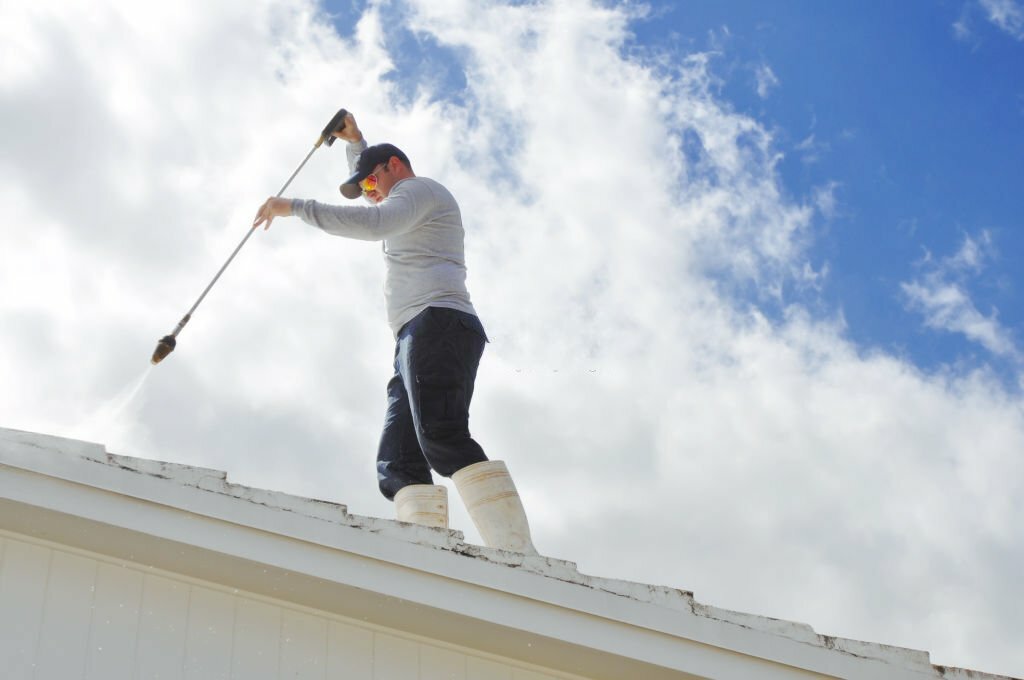
Safety Precautions
When cleaning a shingle roof, it’s crucial to take safety precautions. Ensure you have the right gear, such as a harness, non-slip shoes, and gloves. Inspect the ladder for stability and position it on a flat surface. Choose a sunny day and inform someone nearby for assistance. Exercise caution when ascending and descending the ladder, maintaining three points of contact. Move carefully on the roof to avoid debris dislodging. If the roof pitch is steep or you’re uncomfortable, consider hiring a professional roofing contractor.
Gathering Necessary Tools and Materials
To clean a shingle roof effectively, gather the necessary tools and materials. Use a soft-bristle broom to sweep away debris without damaging the shingles. A garden hose with a suitable nozzle provides water pressure for thorough rinsing. Purchase a roof cleaner solution for shingle roofs to tackle stubborn stains and organic growth. Follow the manufacturer’s instructions for optimal results. Invest in a sturdy ladder, safety harness, and personal protective equipment to ensure safe access and prevent slips, falls, and injuries. This proactive approach streamlines the cleaning process, enhances safety, and ensures thorough roof maintenance, promoting the longevity and health of the shingle roof.
Preparing The Roof
The roof cleaning process involves several crucial steps. First, remove loose debris and dirt using a soft-bristle broom, ensuring the surface is not damaged. Trim overhanging branches to prevent debris accumulation and maintain a cleaner environment. Clear gutters and downspouts to prevent water pooling, which can cause damage and mold growth. Regular gutter maintenance is essential for roof health and prevents water-related issues. These steps create a debris-free surface, allowing for a thorough cleaning process and promoting the long-term health of the shingle roof. Proper preparation before cleaning ensures efficient subsequent steps and comprehensive maintenance for sustained durability.
Cleaning Techniques
Cleaning a shingle roof involves a series of techniques to address different types of dirt, stains, and organic growth effectively. Here are key cleaning techniques for maintaining a clean and healthy shingle roof:
- Soft-Bristle Broom Sweeping: Gently sweep the roof surface with a soft-bristle broom to remove loose debris, leaves, and dirt. This preliminary step prevents the spread of debris during the main cleaning process and minimizes the risk of damage to the shingles.
- Rinsing with a Garden Hose: Use a garden hose equipped with a suitable nozzle to rinse the roof thoroughly. The water pressure should be sufficient to dislodge dirt and smaller debris. Start from the top of the roof and work downward, ensuring comprehensive coverage.
- Roof Cleaner Solution Application: For stubborn stains, algae, or moss growth, apply a roof cleaner solution. Follow the manufacturer’s instructions regarding dilution and application. Allow the solution to sit for the recommended time to break down and lift stains effectively.
- Gentle Scrubbing for Persistent Stains: Gently scrub the affected areas with a soft brush or broom if stains persist. Avoid abrasive tools that could damage the shingles. This manual scrubbing action helps to dislodge and remove embedded dirt or growth.
- Addressing Moss and Algae: A mixture of water and bleach or a specialized moss and algae cleaner can be applied for moss and algae. Allow the solution to sit for some time before gently scrubbing or rinsing. Take care to protect nearby vegetation from the cleaning solution.
- Mold and Mildew Removal: To address mold and mildew, a solution of water, vinegar, or a commercial mildew cleaner can be effective. Apply the solution, allow it to sit, and gently scrub or rinse the affected areas.
- Final Rinse and Inspection: Conclude the cleaning process with a final thorough rinse using the garden hose. Inspect the roof for any remaining stains or areas requiring additional attention. Address any missed spots to ensure a uniformly clean surface.
Addressing Specific Issues
Addressing specific issues on a shingle roof is crucial to maintaining its integrity and preventing further damage. Here’s a guide on how to tackle common issues:
Dealing With Moss And Algae Growth
- Use a mixture of water and bleach or a specialized moss and algae cleaner.
- Apply the solution to the affected areas and let it sit for the recommended time.
- Gently scrub the moss or algae with a soft-bristle brush.
- Rinse the roof thoroughly, protecting nearby vegetation from the cleaning solution.
Repairing Damaged Or Missing Shingles
- Replace any cracked, warped, or missing shingles promptly to prevent water infiltration.
- Lift the edges of the surrounding shingles and remove the damaged ones.
- Install a new shingle, securing it with roofing nails.
- Seal the edges with roofing cement to ensure a watertight seal.
Checking For Signs Of Rot Or Decay
- Inspect the underside of the roof for signs of rot or decay.
- If rot is present, replace the affected sheathing or wood.
- Address the source of moisture causing the decay to prevent future issues.
Dealing With Mold And Mildew
- Create a solution of water and vinegar, or use a commercial mildew cleaner.
- Apply the solution to mold and mildew-affected areas.
- Allow it to sit for a sufficient period.
- Gently scrub or rinse the area, ensuring complete removal.
Inspecting And Repairing Flashing
- Check flashing around chimneys, vents, and skylights for signs of damage or deterioration.
- Repair or replace damaged flashing to prevent water leaks.
Preventing Ice Dams
- Ensure proper attic insulation and ventilation to prevent ice dams.
- Remove snow from the roof using a roof rake after heavy snowfall.
- Consider installing heat cables in a zigzag pattern to prevent ice buildup.
Addressing Shingle Curling Or Cupping
- Replace curled or cupped shingles to maintain a weather-tight seal.
- Secure new shingles with roofing nails and seal edges with roofing cement.
Routine Maintenance Tips
Routine maintenance is essential for keeping a shingle roof in optimal condition and preventing potential issues.
Here are some key tips for ongoing care:
Regular Inspections:
- Schedule regular roof inspections to identify issues early, ideally twice a year.
- Check for loose, damaged, or missing shingles and signs of wear and tear.
Prompt Repairs:
- Address minor issues promptly to prevent them from escalating.
- Replace damaged or missing shingles, repair flashing, and fix small leaks as soon as they are discovered.
Gutter Maintenance:
- Clean gutters and downspouts regularly to ensure proper water drainage.
- Remove debris, such as leaves and sticks, to prevent clogs that could lead to water damage.
Trim Overhanging Branches:
- Trim branches that overhang the roof to prevent debris accumulation and minimize shade, reducing the risk of moss and algae growth.
Prevent Moss and Algae Growth:
- Install zinc or copper strips at the roof’s peak to inhibit moss and algae growth over time.
- Keep the roof clean to minimize conditions conducive to their development.
Addressing Fungus and Mold:
- Maintain proper attic ventilation to prevent excess moisture buildup, which can contribute to fungus and mold growth.
- Insulate the attic to regulate temperature and reduce the risk of condensation.
Professional Inspections:
- Consider hiring a professional roofing contractor for a comprehensive inspection every few years.
- Professionals can identify potential issues that may not be apparent to the untrained eye.
Preventing Ice Dams:
- Ensure proper attic insulation to prevent heat loss, reducing the risk of ice dams.
- Use a roof rake to remove accumulated snow after heavy snowfall.
Sealant and Coating Application:
- Consider applying a reflective roof coating to protect against UV rays and extend the life of the shingles.
- Apply a shingle sealant to enhance water resistance and protect against mold and algae.
Professional Roof Cleaning Services
Professional roof cleaning services are a valuable and efficient solution for homeowners looking to maintain their shingle roofs. These services, provided by experienced contractors, use specialized techniques to tackle stubborn stains, moss, and algae. They are equipped with safety gear and can conduct a comprehensive inspection to identify potential issues. Although the cost may be high, the time saved, quality of cleaning, and peace of mind provided by skilled individuals make it worth the investment. Homeowners should research and choose reputable contractors with a proven track record.
How Often Should You Clean Your Roof?
The frequency of roof cleaning depends on climate, vegetation, and roofing material. A general guideline is to clean a shingle roof once or twice a year to prevent debris accumulation. However, more frequent cleanings may be necessary in regions with high humidity, frequent rainfall, or tree-surrounded areas. Proactive homeowners should inspect their roofs after severe weather events and clean them as needed. A consistent cleaning schedule and regular inspections prolong the roof’s lifespan and maintain its health and appearance.
FAQs
What Is The Algae On Your Shingles?
The algae on your shingles is typically a form of Gloeocapsa Magma, a common roof-dwelling blue-green algae.
What Causes Black Streaks On Roof Shingles?
Black streaks on roof shingles are often caused by the growth of algae, specifically Gloeocapsa Magma, which thrives on moisture and can discolor and stain the shingles over time.
How Long Does It Take to Clean a Roof?
The time it takes to clean a roof depends on factors such as the size, pitch, and level of contamination; typically, it can range from a few hours to a full day.
How Much Does It Cost to Clean a Roof?
The cost to clean a roof varies widely, but it typically ranges from $300 to $800, depending on the roof size, condition, and the extent of cleaning required.
Can Cleaning A Roof Extend Its Lifespan?
Yes, regular roof cleaning can help remove debris, prevent damage, and inhibit the growth of damaging organisms, contributing to an extended lifespan for the roof.
Conclusion
Maintaining a clean shingle roof is fundamental to home ownership and essential for aesthetic appeal and long-term structural integrity. By following proper cleaning techniques, addressing specific issues, and incorporating routine maintenance, homeowners can safeguard their investment and ensure a resilient roof against the test of time and environmental elements. Whether through DIY efforts or professional services, the commitment to regular care not only enhances the home’s curb appeal but also prolongs the lifespan of the shingle roof, making it a sound and lasting investment in the overall well-being of the property.
Monique Valeris
Monique Valeris is a prominent house editor with a keen eye for design and a passion for creating warm and stylish interiors. With a wealth of experience and a fresh perspective, she blends contemporary trends with timeless elements to create aesthetically pleasing and functional spaces. Valeris's editorial contributions extend beyond the printed page, engaging with her audience through various platforms to share insights and tips. Her ability to effortlessly blend different design styles and her dedication to promoting inclusivity within home aesthetics set her apart as a leader in the field.
